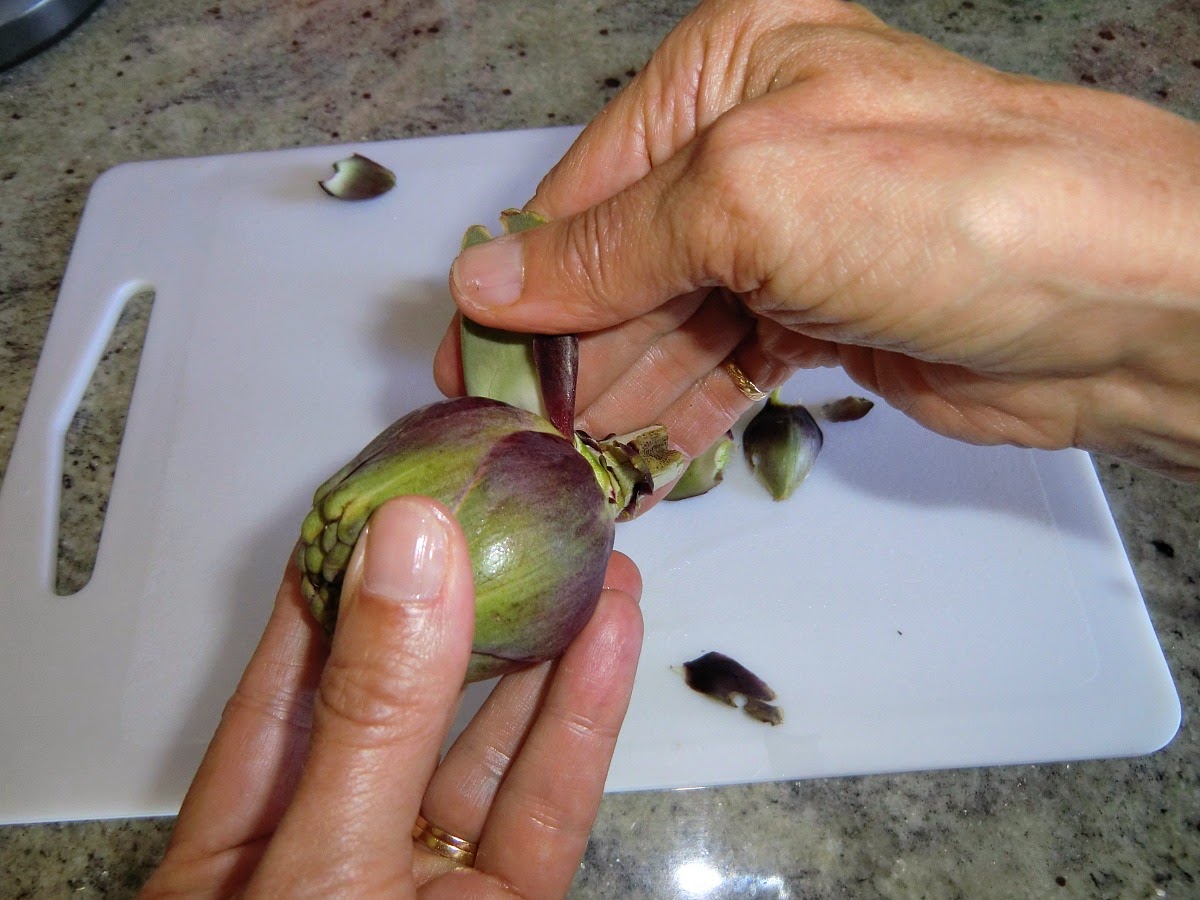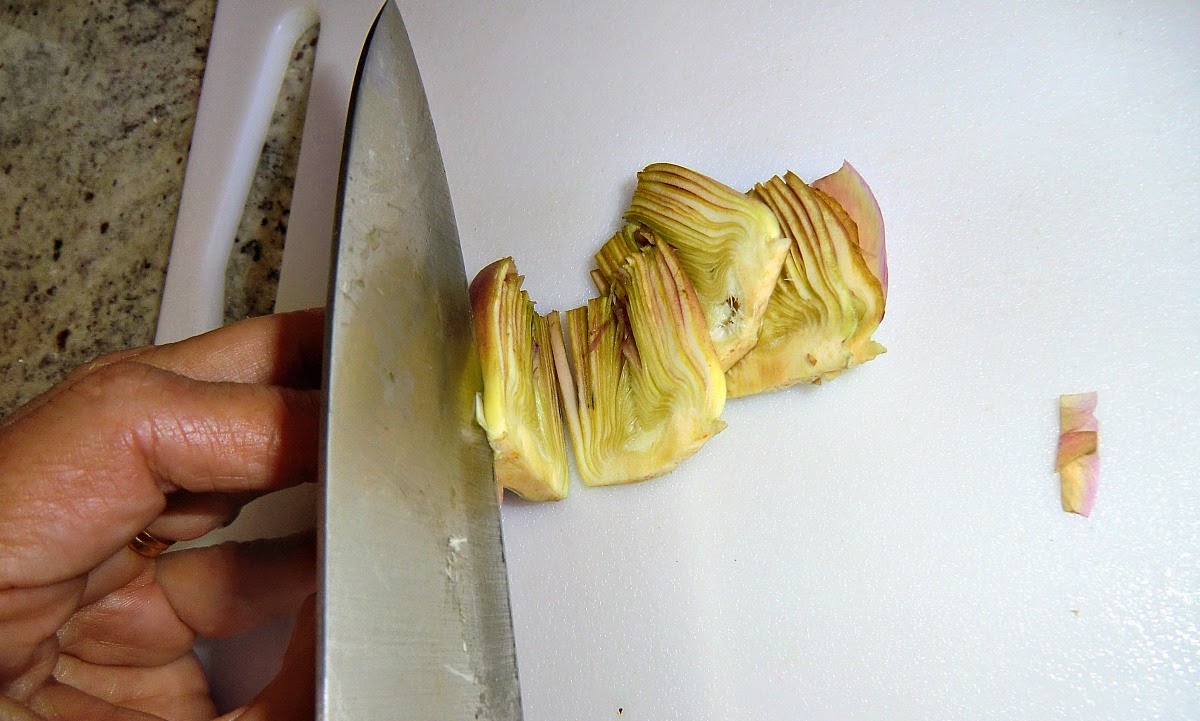Energetic hike from Gréolières near Nice
The village of Gréolières (830m) is about 37 km northwest of Nice. It was originally a stopping point on the Roman road from Vence to Castellane. Nowadays, it has become a popular stopping point for cyclists. There are several small bistros serving a very reasonably priced formules de midi, lunch menus.
Our goal today is Cime du Cheiron (1778m). It is one of the major peaks in the Maritime Prealps. Because this summit is only about 20 km from the Mediterranean Sea as the crow flies, it offers a super panorama over the coast to the south as well as the high summits on the Italian frontier. But the weather can be unpredictable in the mountains…
The hike starts from the signpost 30 on the D2 road. The trail is well-marked with red and white signs (GR 4) up to signpost 194. There you leave GR 4, turn to the right and follow yellow signs.
At about 1600m altitude and after about 2h 15 min ascent, the yellow signs stopped, and you were supposed to follow an almost invisible path now marked with cairns, small heaps of stones. The weather started deteriorating rapidly with clouds enveloping us. We met a couple of hikers, who were descending from the summit to Gréolières, and they said that it takes up to 2 h to the summit! So a lot longer than they inform in the booklet Randoxygène Moyen Pays (in French).
We lost the ascending trail along the ridge in bad visibility and eventually found ourselves on another well-marked path running north-south. This turned out to be for paragliders who have a take-off area above the mountain’s southern precipice. The path ended in a blue ski run descending from Cime du Cheiron to Gréolières-les-Neiges, the small ski resort on the northern side of the mountain. We followed the ski run a bit until the summit was visible.
There we decided to turn back because of the gathering clouds. Only scattered clouds were forecasted for that afternoon, so this shows how quickly the weather can change in mountains. In reduced visibility risks increase and there wouldn’t have been any panorama from the summit. The following night a violent thunderstorm hit the region, the nearby towns of Grasse and Puget-Théniers in particular. Flooding, landslides etc in that area were reported even in the national French news. Prudence is certainly the best choice in the mountains –even in rather moderate altitudes.
Total vertical ascent to the summit is 950 m; we probably made about 800- 850 m today.
































0 comments:
Note: only a member of this blog may post a comment.